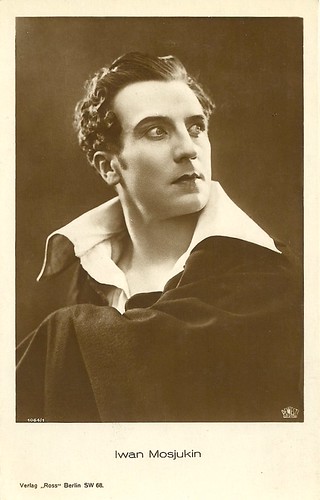
German postcard by Ross Verlag. no. 1064/1. Photo: DeWesti Film-Verleih. Ivan Mozzhukhin in Kean/Edmund Kean: Prince Among Lovers (Alexandre Volkoff, 1924).

Romanian postcard. Nathalie Kovanko in Le chant de l'amour triomphant/The song of triumphant love (Viktor Tourjansky, 1923).
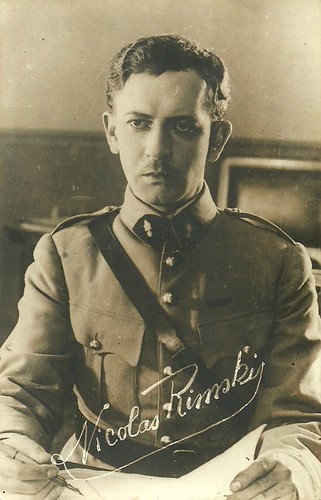
French postcard. Nicolas Rimsky probably in the Albatros producton Calvaire d'amour (Viktor Tourjansky, 1923).
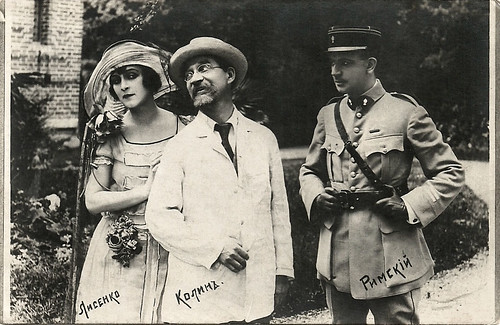
French postcard, with names written in Russian. Nathalie Lissenko, Nicolas Koline and Nicolas Rimsky in the Albatros producton Calvaire d'amour (Viktor Tourjansky, 1923).

French postcard by Cinémagazine no. 169. Ivan Mozzhukhin played the male lead of Prince Roundghito-Sing in the Albatross production Le lion des Mogols/The Lion of the Moguls (Jean Epstein, 1924). While the Moghol empire is falling apart, Prince Roundghito-Sing decides to leave and make films in Paris, where he falls for the attractions of the city.
Upright in the storm
Films Albatros was a French film production company established in 1922. It was formed by a group of White Russian exiles who had been forced to flee following the 1917 Russian Revolution and subsequent Russian Civil War. Initially, the firm's personnel consisted mainly of Russian exiles, but over time French actors and directors were employed by the company too. Its operations continued until the late 1930s. Faced with increasingly difficult working conditions in Russia after the revolution of 1917, the film producer Joseph Ermolieff decided to move his operations to Paris where he had connections with the Pathé company.
Arriving in 1920 with a group of close associates, Ermolieff took over a studio in Montreuil-sous-Bois in the eastern suburbs of Paris and began making films through his company Ermolieff-Cinéma. His co-founder of the company was Alexandre Kamenka, another Russian exile. In 1922 Ermolieff moved to Germany. Kamenka and his colleagues Noë Bloch and Maurice Hache decided to take over the company. They re-established it as the Société des Films Albatros. Kamenka also set up a distribution company called Les Films Armor in order to control the distribution of his own films. Various explanations have been given for the choice of the name Albatros. Was it the name of a boat which brought some of the émigrés from Russia? Was it a symbol of White Russia? Did an incident with an albatross happen on the journey? As well as adopting the image of the albatross as its symbol, the company took the motto 'Debout dans la tempête' (Upright in the storm).
Among the group of Russian artists who stayed to work with Albatros were the directors Victor Tourjansky and Alexandre Volkoff, the art director Alexandre Lochakoff, the costume designer Boris Bilinsky, and the actors Ivan Mozzhukhin (in French Ivan Mosjoukine and in German Iwan Mosjukin), Nathalie Lissenko, Nicolas Koline, and Nicolas Rimsky. Although this Russian company initially favoured Russian themes, Kamenka quickly realised the need for greater integration with French film production, and they turned increasingly to French subjects. In 1924 a number of Kamenka's Russian associates left Albatros, and Kamenka offered opportunities to several innovative French filmmakers including Jean Epstein, Jacques Feyder, Marcel L'Herbier and René Clair.
Kamenka's production policy combined prestige projects with openly commercial films, and his consistent record made him the most successful French producer during the 1920s, according to Charles Spaak, who came to the company as a scriptwriter in 1928. Kamenka successfully achieved international distribution for many of his films - even in Soviet Russia with which his company had so little political sympathy. From 1927, he entered into co-production arrangements with production companies in other European countries, driven by growing financial difficulties in the French film industry.
The arrival of sound pictures posed a serious difficulty for Albatros which had hitherto relied considerably upon Russian actors, especially Mozzhukhin whose accent precluded a successful transition into the talking era. The company's output diminished in the 1930s, but it achieved one further artistic success of note when Jean Renoir joined them for his adaptation of Maxim Gorky's Les Bas-fonds/The Lower Depths (1936). By this time, Albatros was the longest surviving film company operating in France, but with the outbreak of World War II, Kamenka wound up the company which had remained particularly associated with silent cinema.

German postcard by Ross Verlag, no. 1064/3, 1927-1928. Photo: DeWesti Film-Verleih. Ivan Mozzhukhin in the Albatros production Kean (Alexandre Volkoff, 1924).
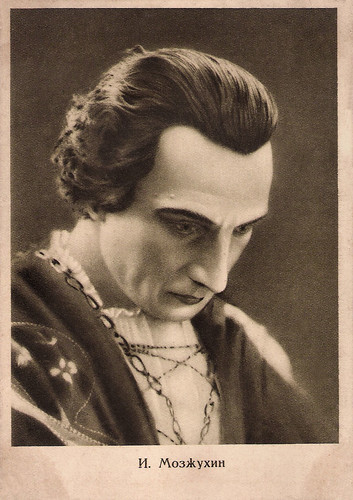
Russian postcard by Goznak, Moscow, Serie no. 5, no. A 4711, 1928. The card was issued in an edition of 25.000 copies. The price was 10 Kop. Photo: Ivan Mozzhukhin in Kean/Edmund Kean: Prince Among Lovers (Alexandre Volkoff, 1924).
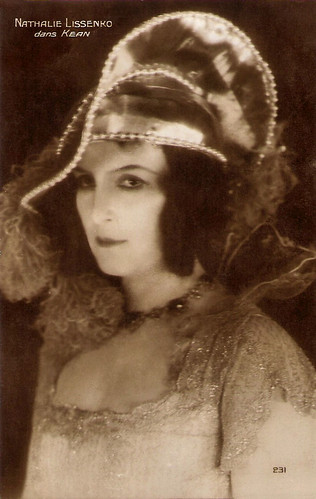
French postcard by Cinémagazine Editions, no. 231. Photo: Nathalie Lissenko in Kean/Edmund Kean (Alexandre Volkoff a.k.a. Alexander Volkov, 1924).

German postcard. Photo: Nicolas Koline in Kean/Edmund Kean: Prince Among Lovers (Alexandre Volkoff a.k.a. Alexander Volkov, 1924).
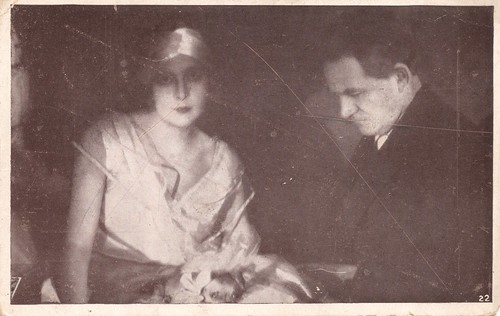
Belgian postcard. Nathalie Kovanko and Nicolas Koline in the Albatros production La dame masquée (Viktor Tourjansky 1924).

French postcard. Jaque Catelain and Nathalie Kovanko in Le prince charmant/Prince Charming (Viktor Tourjansky, 1925).

French or Romanian postcard. Photo: Albatros Films. Ivan Mozzhukhin.

French postcard by Cinémagazine Editions, no. 135. Nicolas Koline.
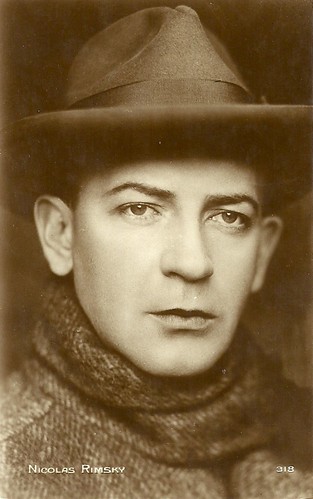
French postcard by Editions Cinémagazine, no. 318. Nicolas Rimsky.
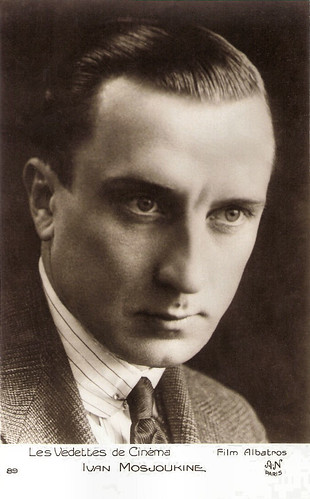
French postcard in the Les Vedettes de Cinéma series by A.N., Paris, no. 89. Photo: Film Albatros. Ivan Mozzhukhin.
Sources: Il Cinema Ritrovato, Wikipedia (English and French) and IMDb.
No comments:
Post a Comment